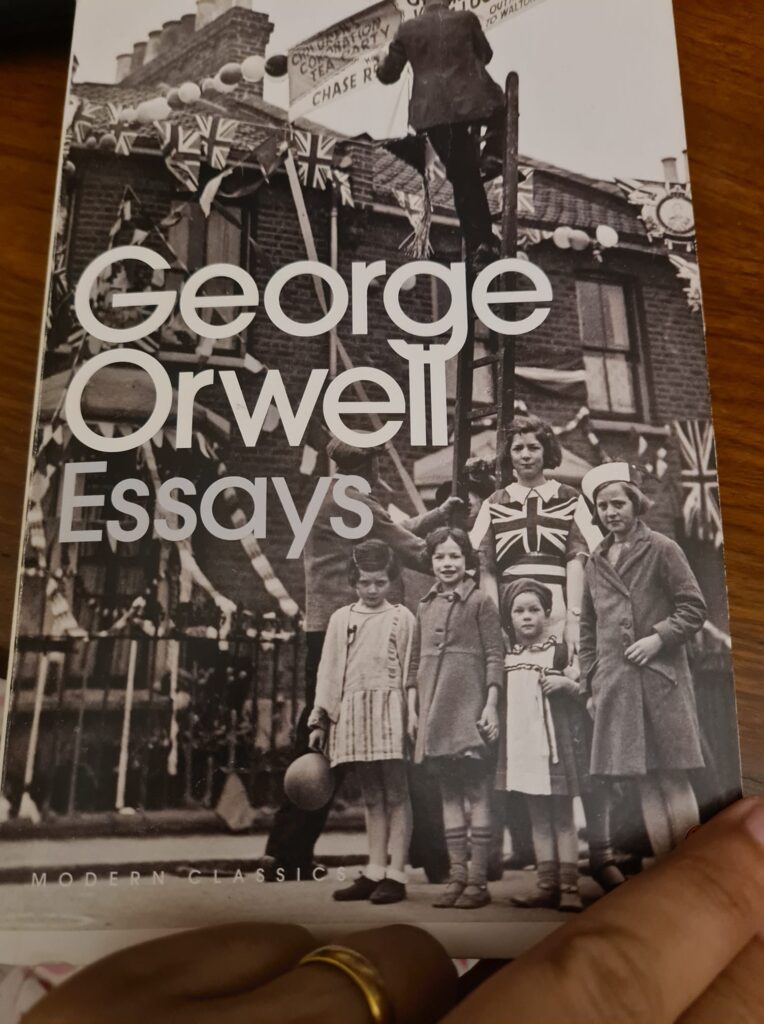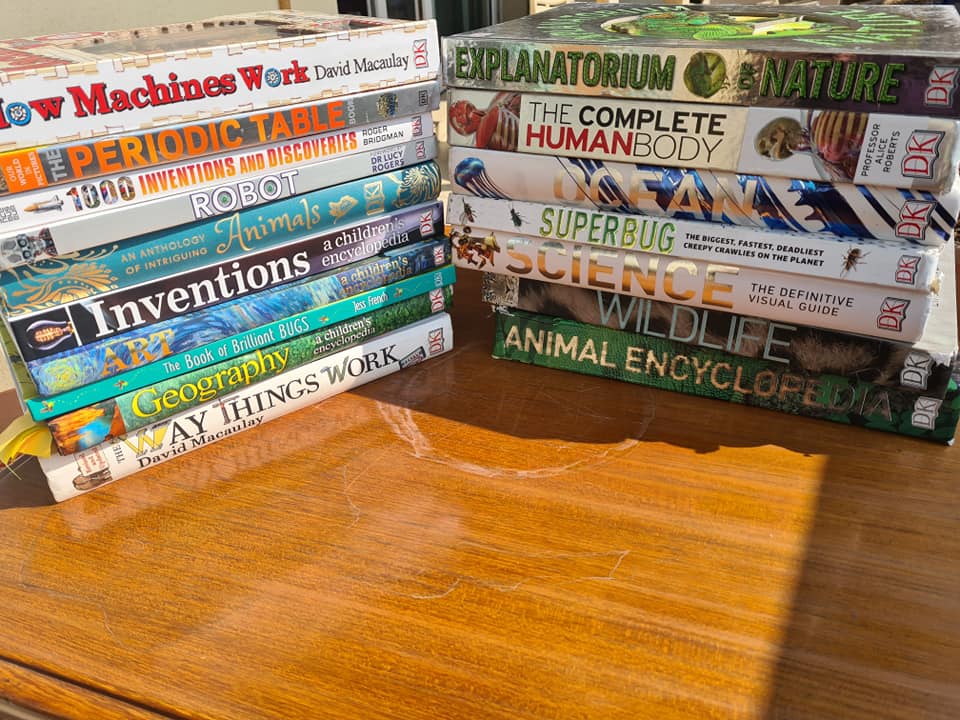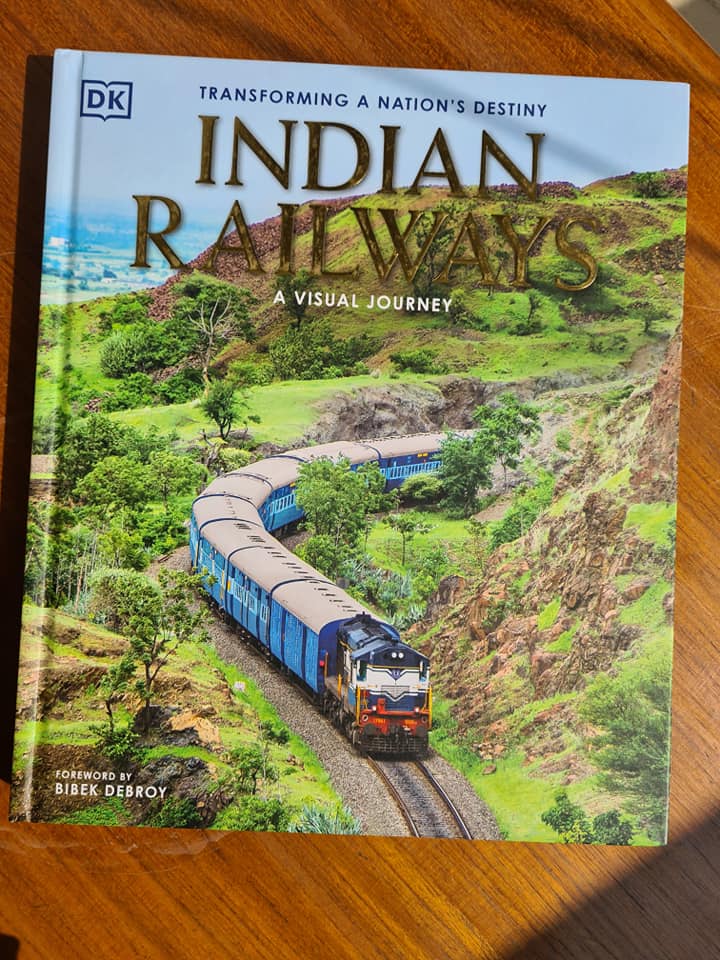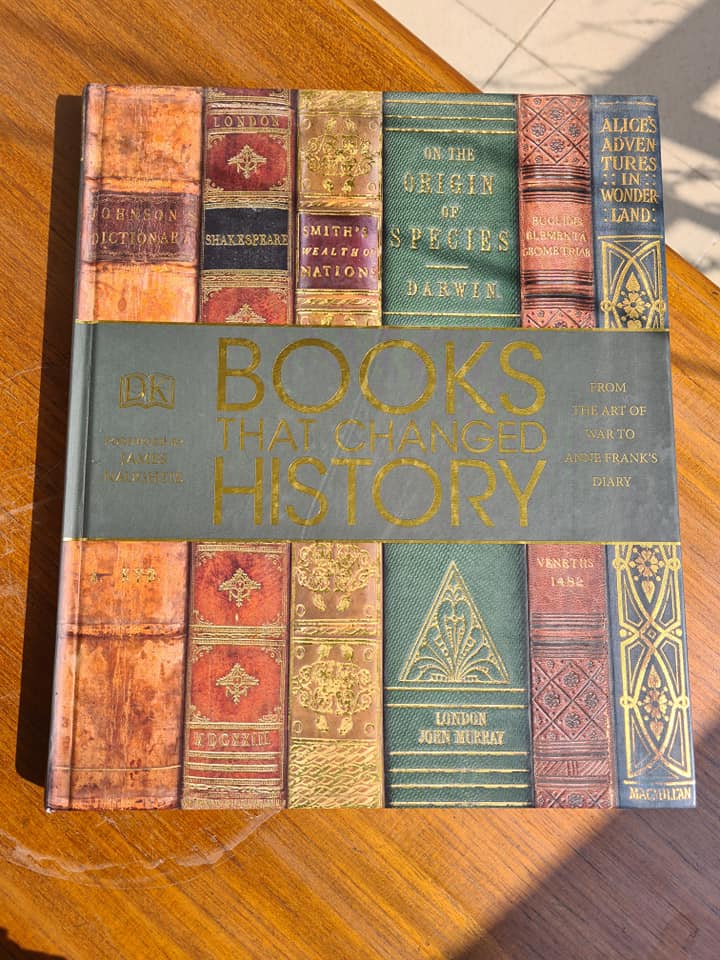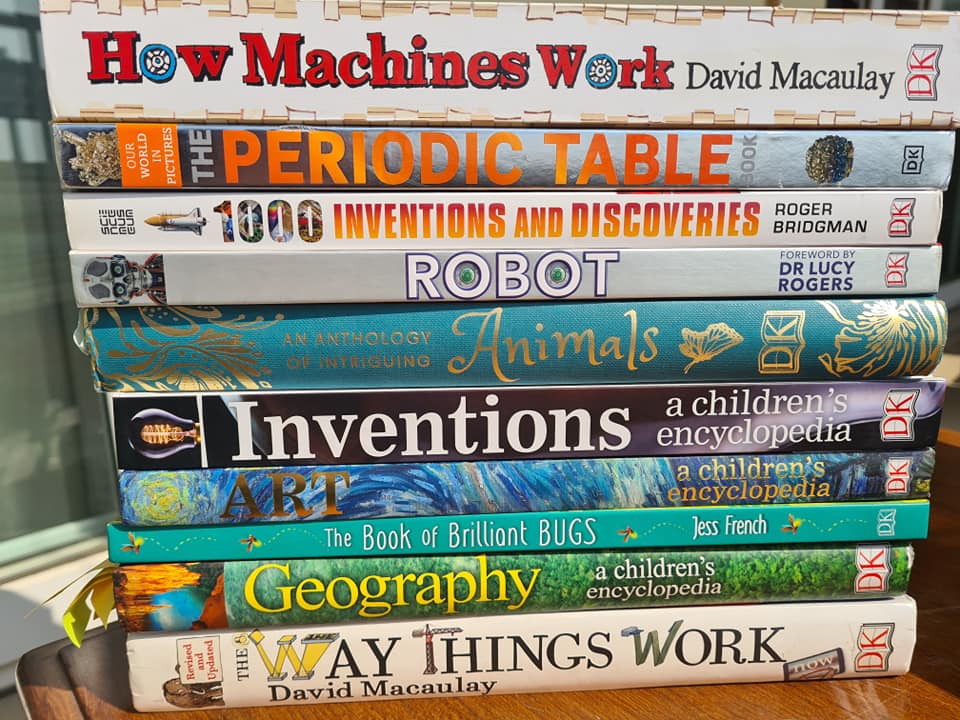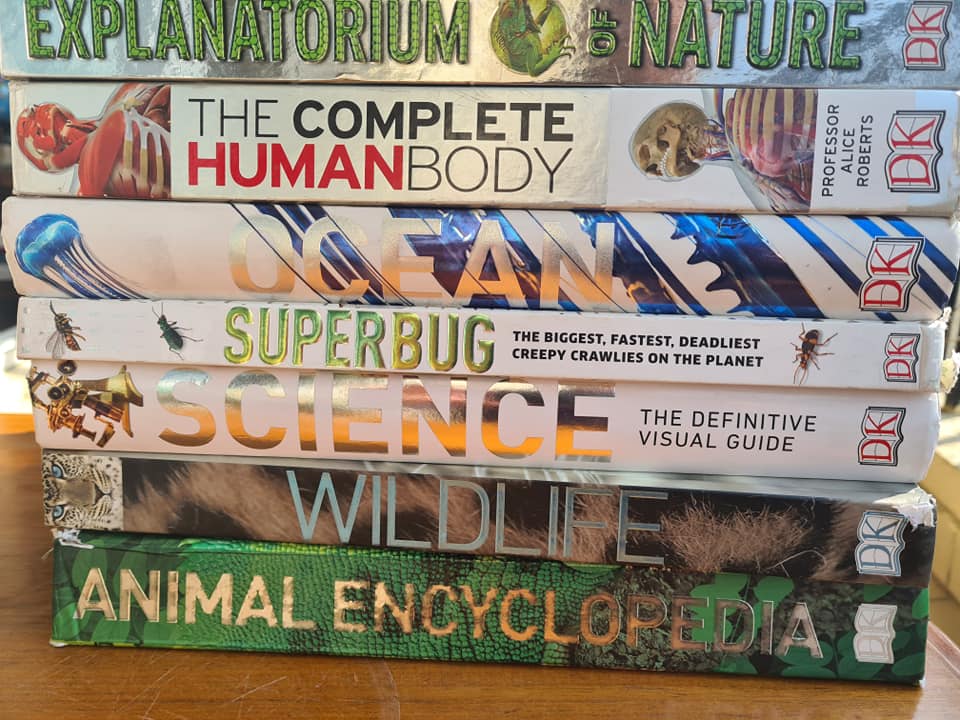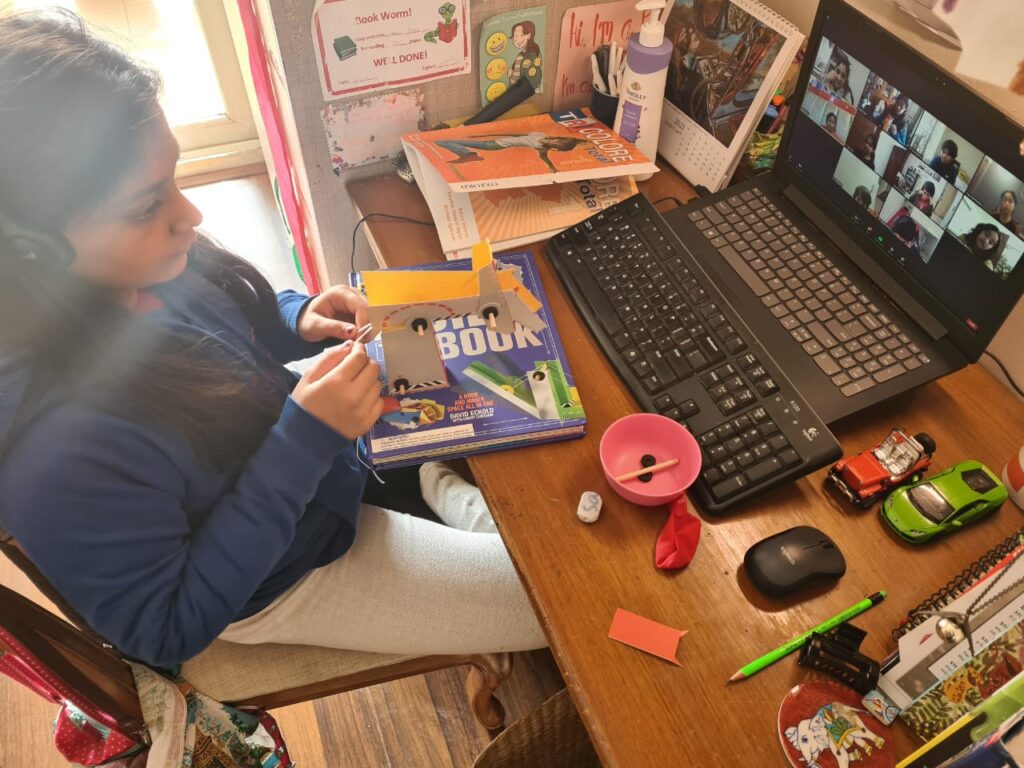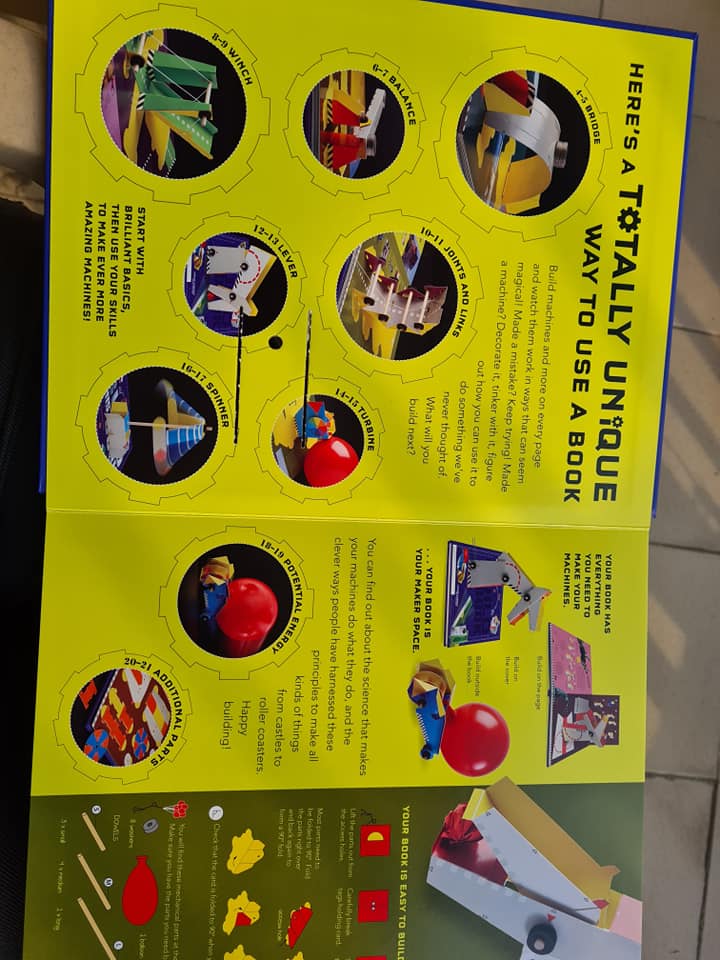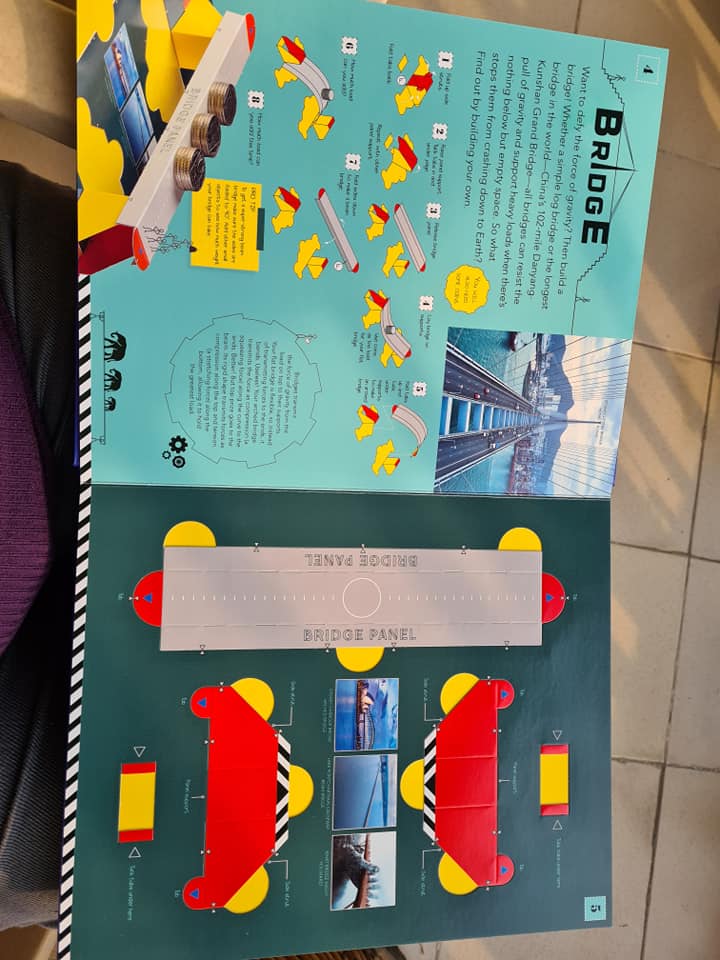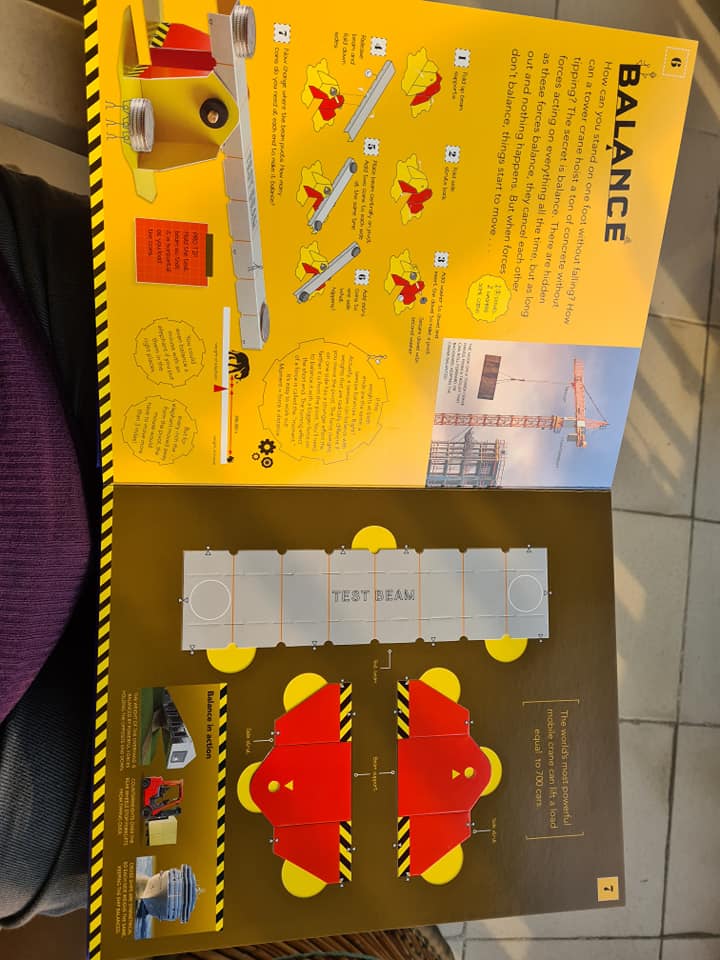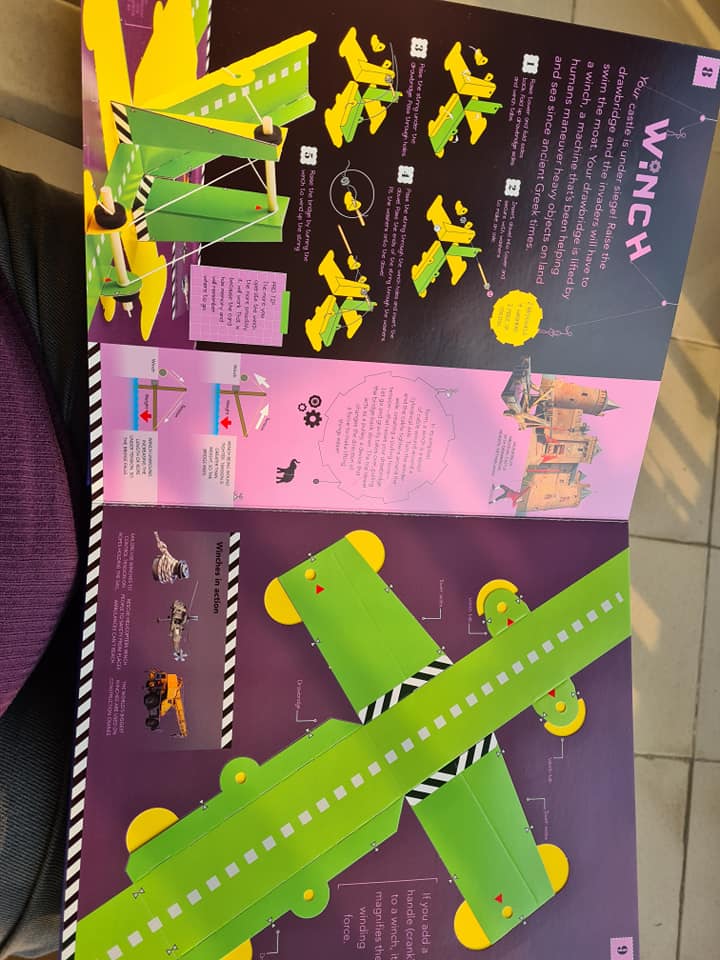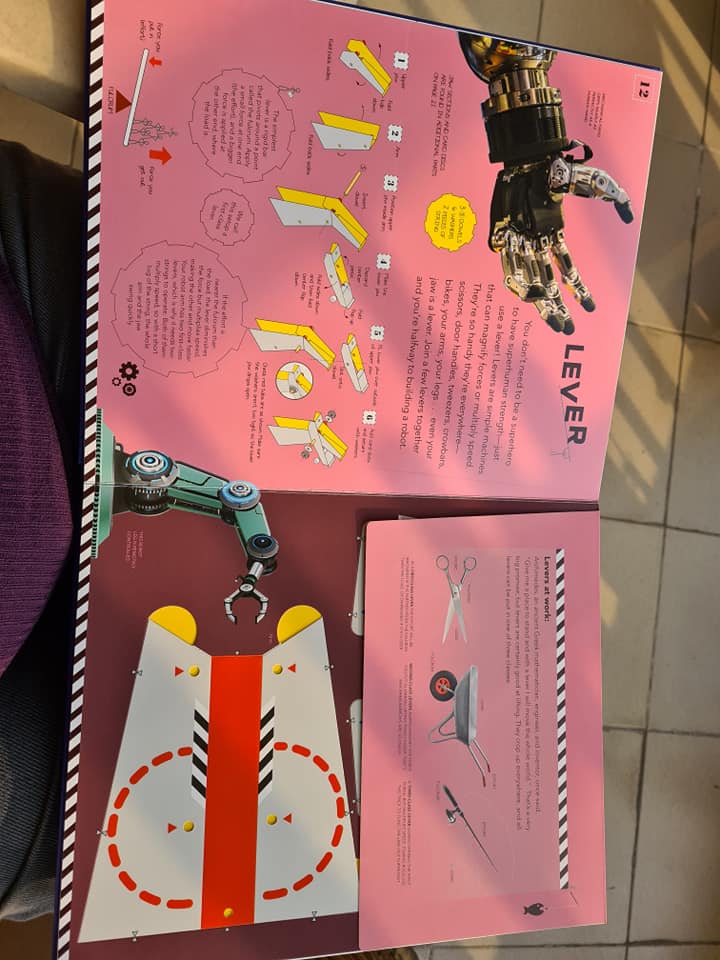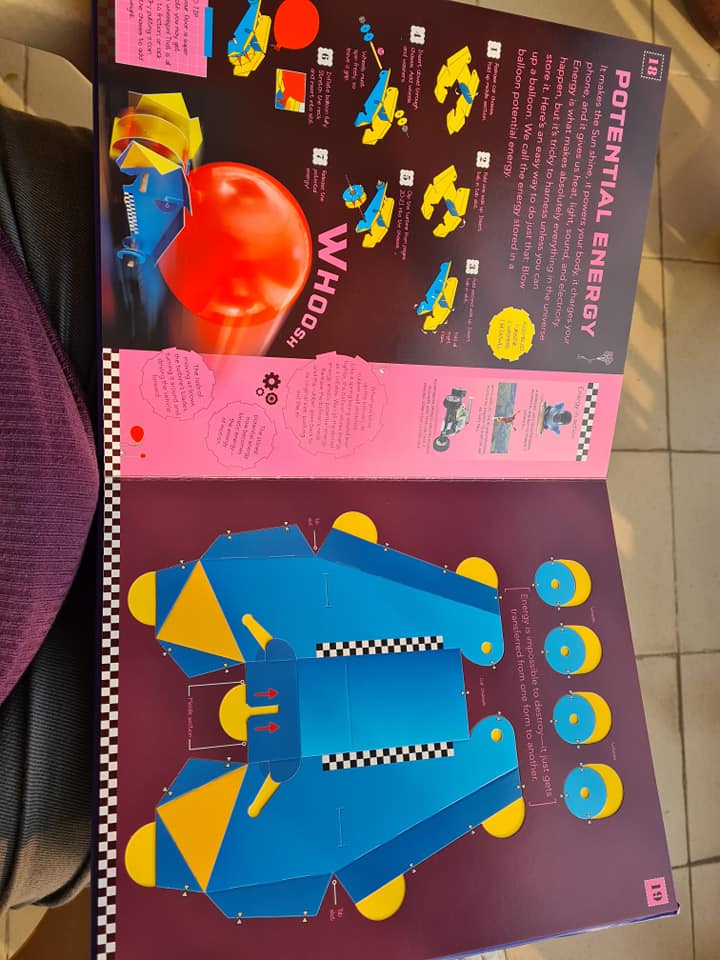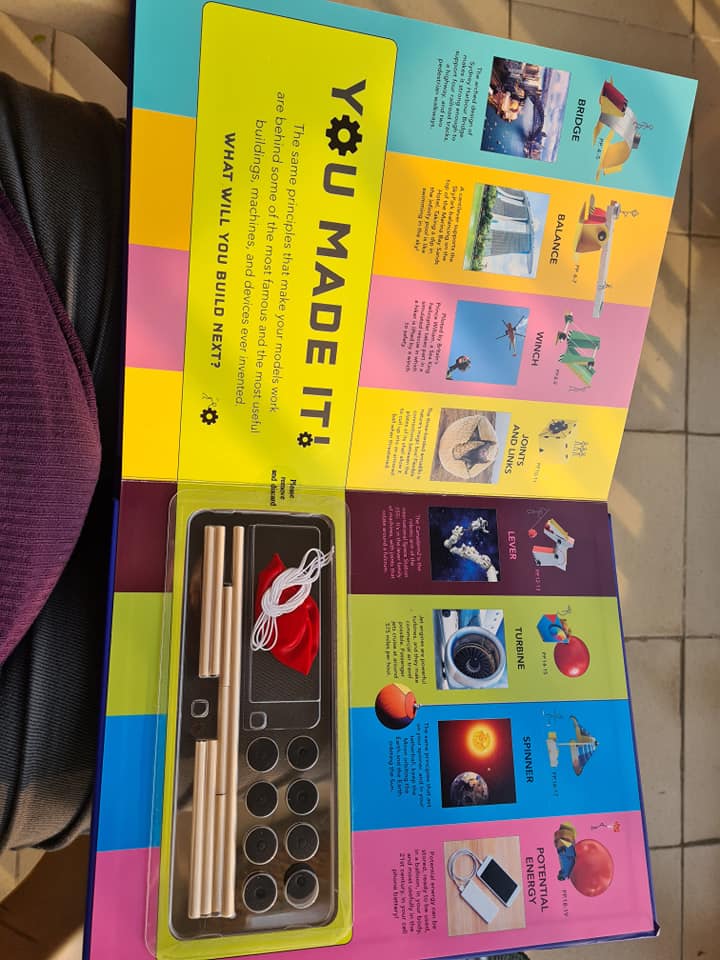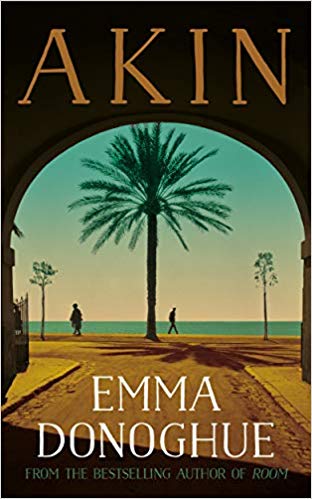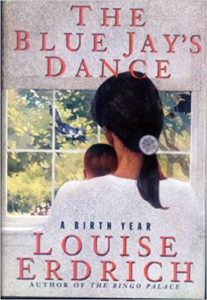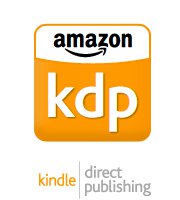“Anne of Green Gables” by L M Montgomery
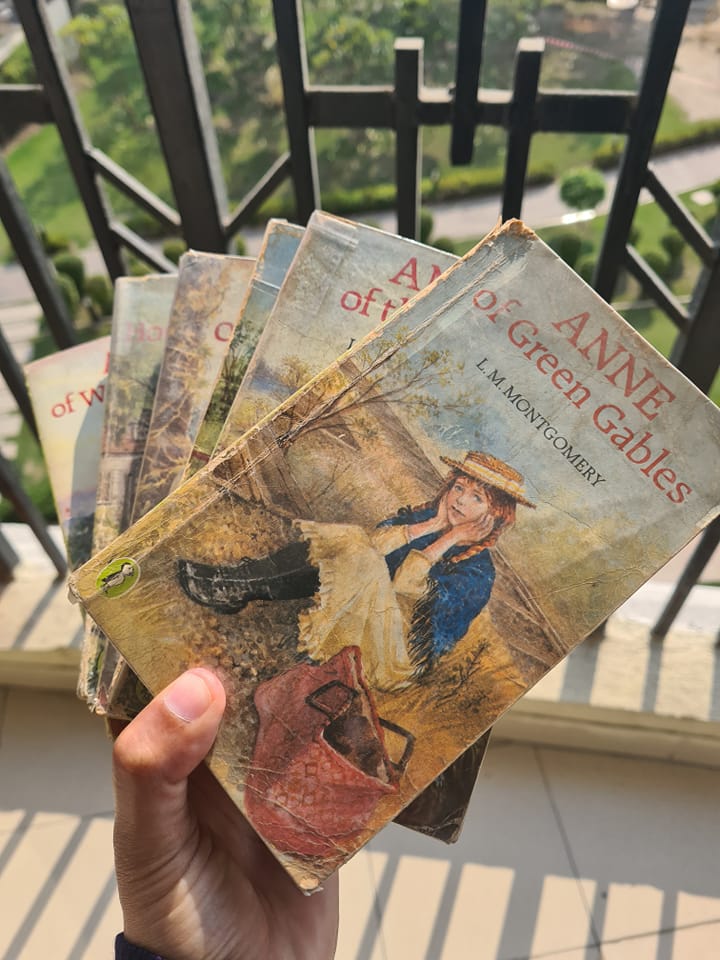
7 Sept 1986.
A friend of mine told me on the school bus, when we were returning home, that the “Anne of Green Gables” series was available at The Bookshop, Khan Market. I came home and told mum. She immediately bundled us into the car and drove straight to Khan Market and bought the set. I think the last book in the set came a week later. Each paperback cost the princely sum of Rs 45, so I was taken aback when mum insisted on buying the series. Mum never stinted on buying us books and many of our books are inscribed by her as an “unbirthday present” but even by those standards, this was an expensive indulgence. But mum was right. These stories have given us all so much joy over the years.
I still remember where the late K D Singh had placed these on the bookshelves. It was in the wooden shelf, middle aisle, closest to him. It is where he usually kept the Puffin books. It was the first set of books that mum bought for me in one fell swoop. She remembered them from her childhood when her grandmother had brought it from USA.
Now I am trying to persuade my daughter to read the series. Unfortunately the wretched TV adaptation has ruined the story for her. Trying to persuade her to read the books. Let’s see if I am successful.
14 Feb 2022

